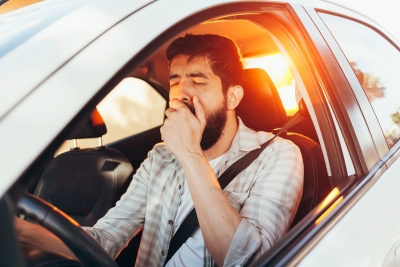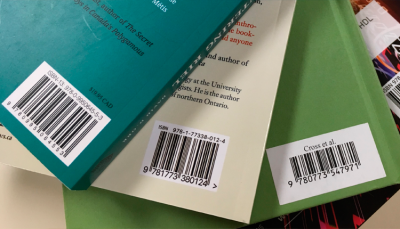How did Albert discover vitamin C?

Read on to know how Albert Szent-Gyorgyi found a cure for scurvy, a disease caused by a lack of vitamin C.
In 1928, a Hungarian-born US biochemist, Albert Szent-Gyorgyi, isolated an unknown substance from the adrenal glands of an ox. He named it hexuronic acid.
He soon discovered that hexuronic acid could also be obtained from oranges, lemons and cabbages. One thing common to these three sources was that they were all believed to be rich in vitamin C, a substance no one had been able to isolate till then but which was known to cure scurvy.
It occurred to Szent-Gyorgyi that hexuronic acid and vitamin C might be one and the same thing. He injected hexuronic acid into some guinea pigs that had scurvy, and waited to see what would happen. If hexuronic acid were indeed the same as vitamin C, the guinea pigs would get cured. And that is exactly what happened. The animals recovered from the disease.
He wanted to repeat the experiment but he had run out of hexuronic acid. He had to get some more, but how? It was not easy to come by adrenal glands of oxen, the best source: getting it from lemons and oranges was a laborious process.
He was pondering over the problem at dinnertime when his wife served him freshly ground chilli (paprika) with his food. He had never been fond of paprika but now he looked at it with new interest. He had tested many fruits and vegetables for hexuronic acid, but not paprika. Could it give him the acid he was so desperate to get his hands on?
He took it to his laboratory and tested it for its contents - and it was then that he fell in love with the spice. It was loaded with hexuronic acid!
Within a few weeks, he produced three pounds of pure crystalline hexuronic acid. He fed it to vitamin C deficient guinea pigs and got the same results as earlier the animals recovered from scurvy. There was no difference between hexuronic acid and vitamin C.
When Szent-Gyorgyi received the Nobel Prize for his work in 1937, ‘Time’ magazine dubbed it the ‘Paprika Prize’.
Picture Credit : Google


